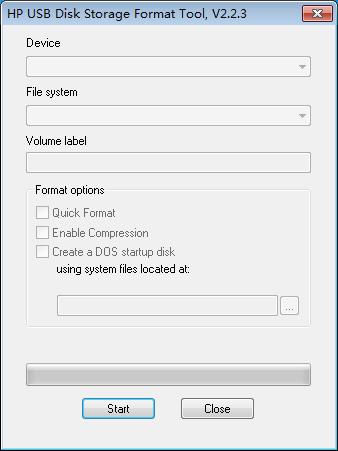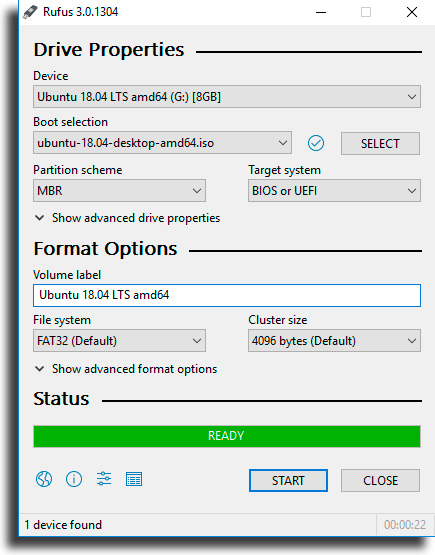

In our example, that means entering: select disk 1 Once you're certain, it's time to select the disk.

Making the effort to be totally certain at this stage is vital to the integrity of the data on your computer. Also, note that USB flash drives can be as high as 1TB in capacity (like the PNY Pro Elite) at the time of writing, which could be larger than your computer's HDD. Select the Right Disk!īefore proceeding further, be certain that you have identified the USB pen drive. If not, you'll be able to confirm it in Windows Explorer. You should be able to check the capacity on the device itself, as this is usually printed on a drive's casing. Therefore, Disk 1 is the USB flash drive. In the image above, while Disk 0 is 931GB, Disk 1 is 57GB. With a USB flash device connected (which will be Disk 1 or higher), you should be able to identify it by its comparatively low capacity. Note that the size is displayed for each disk. If you have multiple partitions, these will be sequentially numbered. This is the one that Windows is installed on. But which is your USB drive?ĭisk 0 will be your computer's system drive. The resulting table will list the currently available devices. It's time to see which disks are attached to your computer: list disk At the prompt, enter this: diskpartĪ new command line window will open with a new DISKPART prompt. You should now see CMD, the command-line tool.

User Access Control will prompt you to confirm the action. You can open this by hitting Windows key + R, entering cmd, then hitting Enter. Windows has a built-in disk partition management tool called Diskpart. How to Remove USB Write Protection With Diskpartīefore starting, insert your pen drive into your computer's USB port. Whether that will actually gain you anything depends on the type and compressibility of the files you're storing.2. NTFS compression can give you more "space" on the drive by compressing files as they're written / read. The ACLs are of dubious value if you move the drive to another computer since only permissions that name "well known" accounts (like "Administrators", "Everyone", "Authenticated Users", etc) will "work" on other computers (other users / groups will appear to other computers as unknown SIDs- long numbers with dashes in them). You can't use an NTFS-formatted flash drive on operating systems that don't support the NTFS filesystem, obviously. I don't have any benchmarks to back that up personally. Some people claim that NTFS is slower than FAT/FAT32 on flash drives. You can format a flash drive with NTFS, but you should either change the caching policy (on the "Policy" tab in the properties for the drive in "Device Manager") to "Optimize for quick removal" or, even better, always "eject" the device using "Safely Remove Hardware" before removing the drive from the machine.


 0 kommentar(er)
0 kommentar(er)
